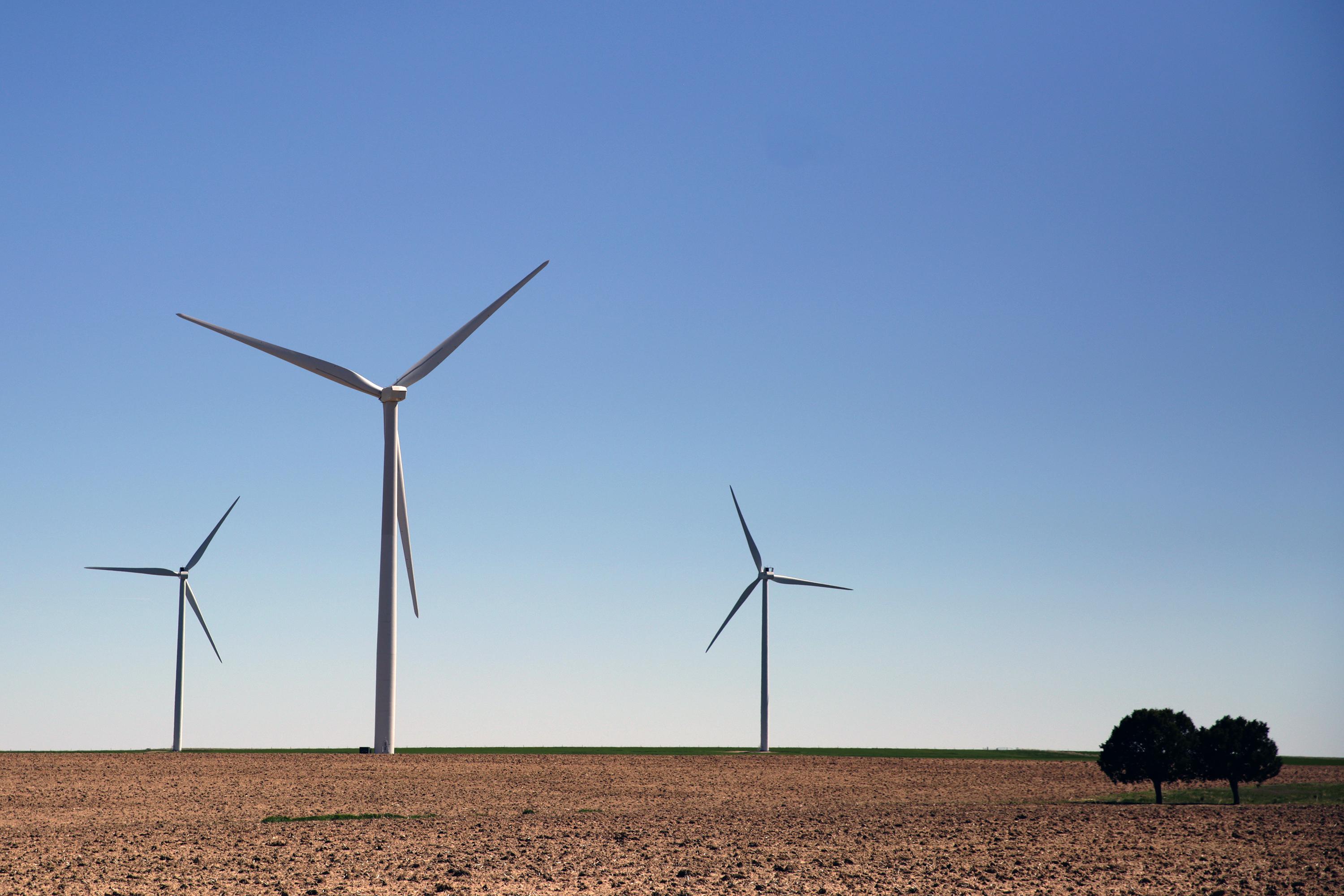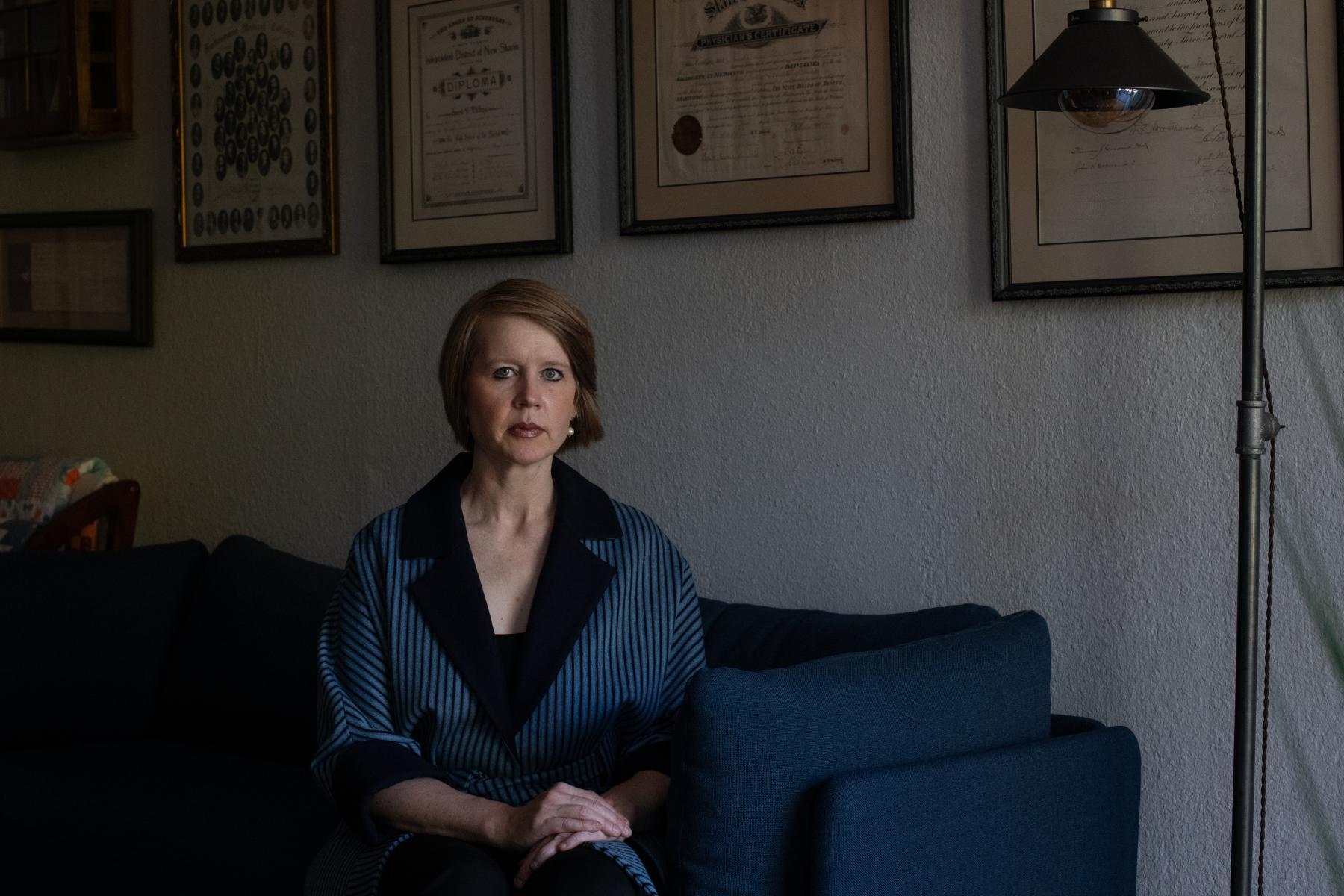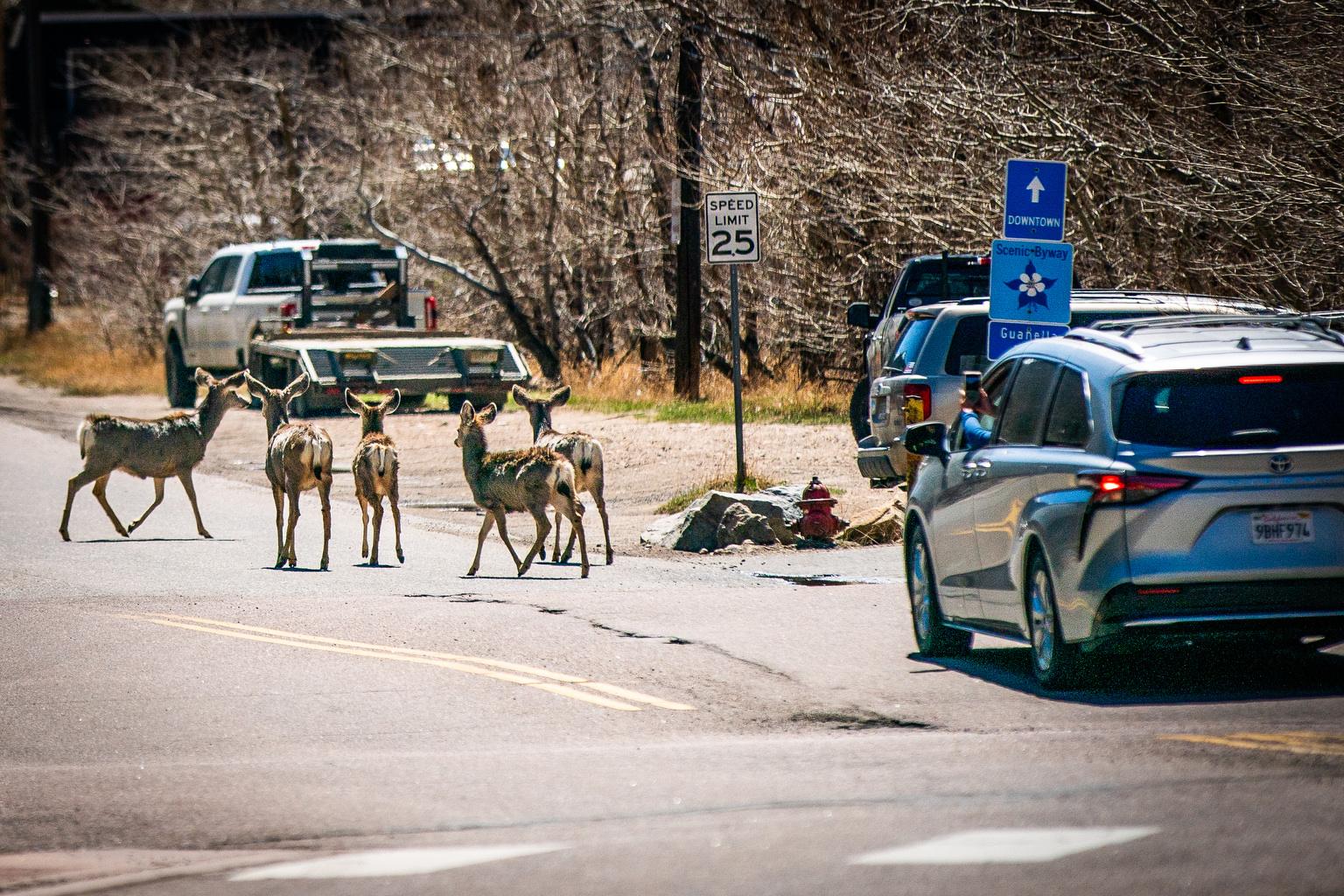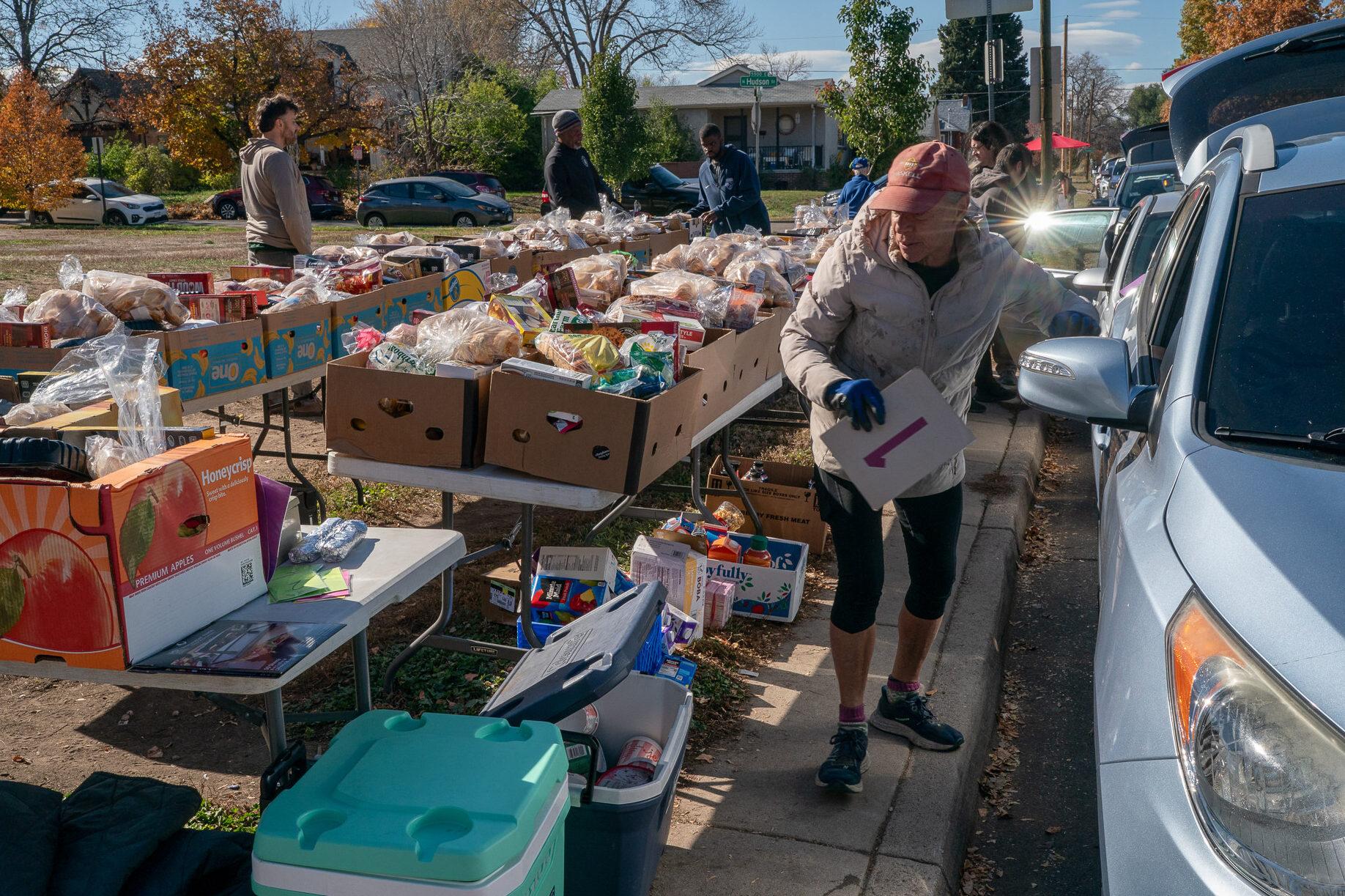
Ben Walker doesn’t have any particular affinity for patio furniture – and the fact that he buys so much of it isn’t because he’s a sucker for a good sale on rattan sectionals. Rather, it’s the result of an age-old question: Whither the Wind?
“I live in Dacono, and I can’t get patio furniture heavy enough to stay on my deck,” Walker said.
The dilemma caused Walker to wonder – if the wind is so strong and so prevalent, perhaps it could work to help defray some of his sizable furniture investment (and benefit all of Colorado) in the form of increased wind power.
“I'm like, ‘Okay, we're that close to Wyoming; we're that windy – that makes sense,” Walker said. “So why don't we have any wind turbines out here?”
That was the query Walker submitted to Colorado Wonders, where people can share their ponderings about all the things in the state. In the case of whither more wind, the answer is a bit ... complicated.
As it turns out, Walker is correct about the wind in Wyoming – that state is the windiest in the country, according to Jared Lee, a project scientist at the NSF National Center for Atmospheric Research in Boulder. However, when it comes to harnessing the wind and converting it to electricity, Colorado does it better than most – Lee said Colorado ranks seventh in the U.S. in creating wind power. Texas is first.
Lee adds that in 2022, according to the latest available figures Colorado produced 28% of its electricity from wind; the ability to increase that number would depend on a variety of factors.
“We definitely want to see that increase; I think right now probably the best places to put a wind farm for the most part have been developed,” Lee said. “And so a lot of the remaining areas to develop or to install wind farms might not be quite as good as the ones where wind farms already are. So that's one issue, although there still is plenty of good land available, if wind energy developers would be able to come to agreements with the current property owners to lease their land to install wind turbines.
“Another big issue though is you have to get that energy from the wind farm, which is usually far out in rural areas. You have to be able to get that energy, those electrons, to the places where the power is being consumed. And in Colorado, that's primarily along the I-25 corridor, that's where most of the population and most of the electric demand is.”
A side note: Have you ever noticed the relative lack of power lines dotting the landscape in the Denver metro area? Lee said there’s a good reason for that.
“A lot of them are buried underground; we have a lot of windstorms, severe windstorms, especially along the Front Range and the I 25 urban corridor. And so a lot of cities in the Front Range have decided to bear the cost of burying power lines, which is really expensive to do because then it is basically insurance against the power lines blowing down in windstorms or tree limbs or something like that falling onto the power lines.”
So, let’s say an agreement is reached to build more wind farms to help generate more energy and electricity. Lee said the developer would have to tap into the existing transmission network in order to deliver that new power, and that comes with its own set of challenges.
“Their wind farm might generate enough power that they would actually overload or overwhelm the existing transmission network. And so they would have to upgrade what currently exists for transmission and that increases the cost even further,” he said. “This is a nationwide problem, not just a Colorado problem; it's a big issue in the energy community and a lot of people are frustrated by it right now.”
Part of the charm of Colorado is the imagery of wide-open spaces, stretching out as far the eye can see. For many, that picture doesn’t include wind turbines. Lee said he understands that putting them in play may not be aesthetically pleasing, but in order to save Ben Walker’s patio furniture from blowing off into Kansas like Dorothy Gale’s home, some sacrifices might have to be made.
“I mean, I think wind turbines look cool,” he said. “I know not everyone does; beauty’s in the eye of the beholder and different people have different ideas about aesthetics, but the reality of the situation is that there is no free lunch for energy in this country.
“I understand why many people don't want them built near them, but we all want reliable electricity. We all want the lights to stay on, and we all want the electricity to be at a cheap cost so that our electric bills aren't super high. So there's the trade-off – we can't have clean electricity that's also cheap and also reliable, but not put infrastructure anywhere … And so that's really the conundrum right now.”








